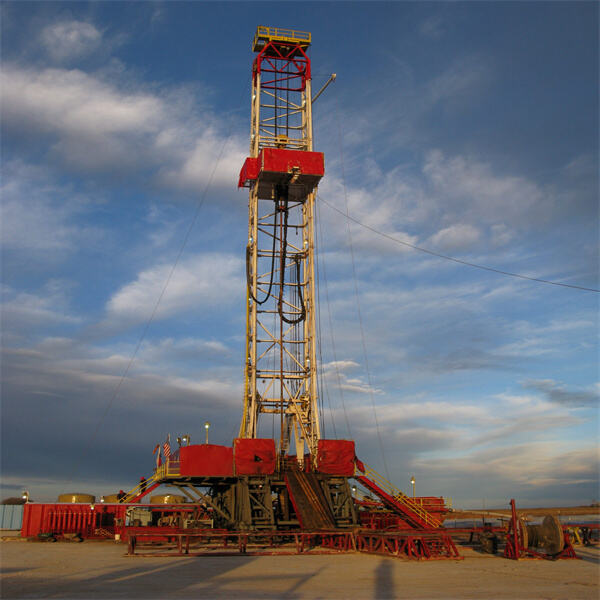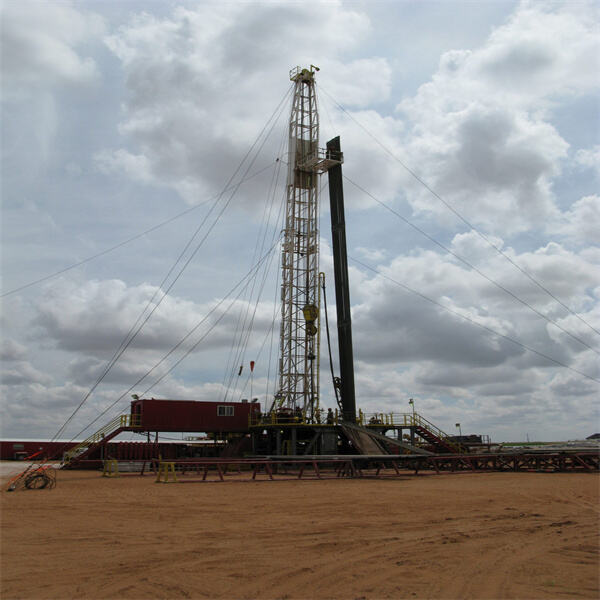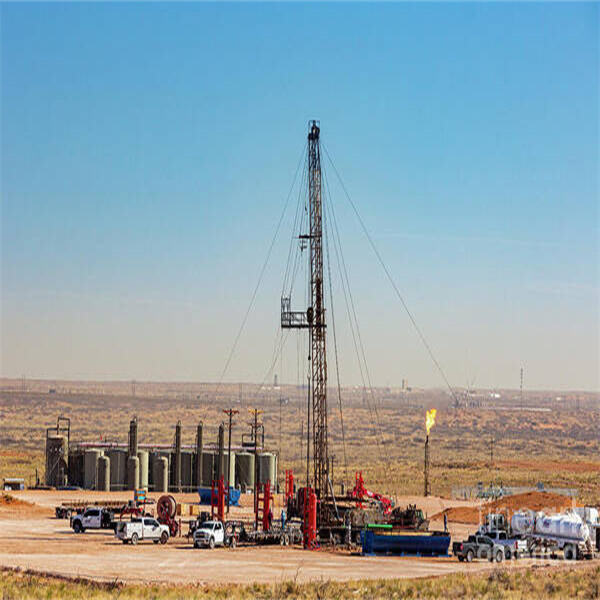Gas rigs are large machines we use to search for natural gas far beneath the earth. They are sort of a specialty tool to help us harness the energy that’s trapped in the earth. What exactly is a gas rig in offshore drilling and how does it work?
Offshore drilling rigs for gas are these large islands that float out on the sea. They are hundreds of miles from land and workers live on them for days at a time. These rigs have big towers known as derricks that descend into the water to search for gas deep beneath the ocean floor. Workers drill holes and extract the gas up to the surface with special tools.
Gas Rigs Gas rigs are extremely important in providing us with power for our homes, schools and cars. Natural gas is a relatively clean-burning and efficient source of energy that we depend on to heat our homes, cook our food and produce electricity. The truth is, natural gas compressor are the way we get the natural gas we need to power our lives.

A day on a gas drilling rig is anything but mundane. Employees rise early to begin their shifts, to work the machines that pull the gas from the ground. As a team, they collaborate to ensure that everything proceeds smoothly and safely. Workers can also take breaks and eat meals to stay energized and focused.

Gas rigs can be both good and bad for marine ecosystems. For one, they offer new homes for fish and other marine life to live and thrive. Drilling for gas, on the other hand, can disturb the homes of sea creatures and lead to pollution in the water. Companies need to abide by strict regulations to keep the environment safe and reduce marine ecosystem damage.

Gas rig operations are becoming safer, more efficient and more environmentally friendly thanks to new technology. New technology allows workers to pull gas from deeper, tougher places. Robot drones and sensors keep a watch on the gas rigs for problems and detour them. Both for workers and the environment, the future of gas rig operations looks bright as technology evolves.